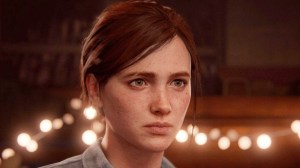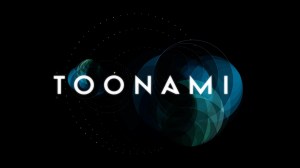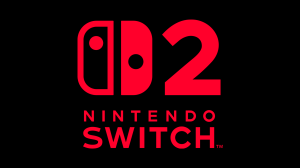The Last of Us Part II is a deliberately constructed game that uses its layout to get specific reactions out of the player. It’s constantly jumping back and forth between time periods and viewpoints, but it often uses that juxtaposition to great effect. This unconventional storytelling method is at the very soul of this beloved yet divisive sequel, but it was not deemed sacrosanct, as evidenced by the recently patched-in Chronological mode that does exactly what its namesake implies. This new order doesn’t bastardize the original story nor does it solve all of its problems — it even introduces a few new ones — but it’s an interesting case study on how presentation affects the story.
Videos by ComicBook.com
Chronological mode, in a refreshingly straightforward way, addresses some of these issues right from the jump. When first choosing this option from the main menu, a disclaimer warns players that the pacing may “feel uneven” with this new order, and that’s a strikingly accurate summary. While most of the campaign benefits from the stakes of Abby’s and Ellie’s stories rising in tandem — there’s no jarring reset in the middle of the game anymore — the beginning stumbles because all of the flashbacks are frontloaded and come one after another. These slower, story-heavy scenes usually came after a gruesome, adrenaline-fueled climax in the base experience and switched up the pace, but they don’t play that role here. Instead, it’s multiple hours of force fed setup with little to no action, as these scenes take place before Ellie and Abby’s bloodthirsty, revenge-fueled odysseys.
The Last of Us Part II‘s Chronological Mode Messes With the Pacing
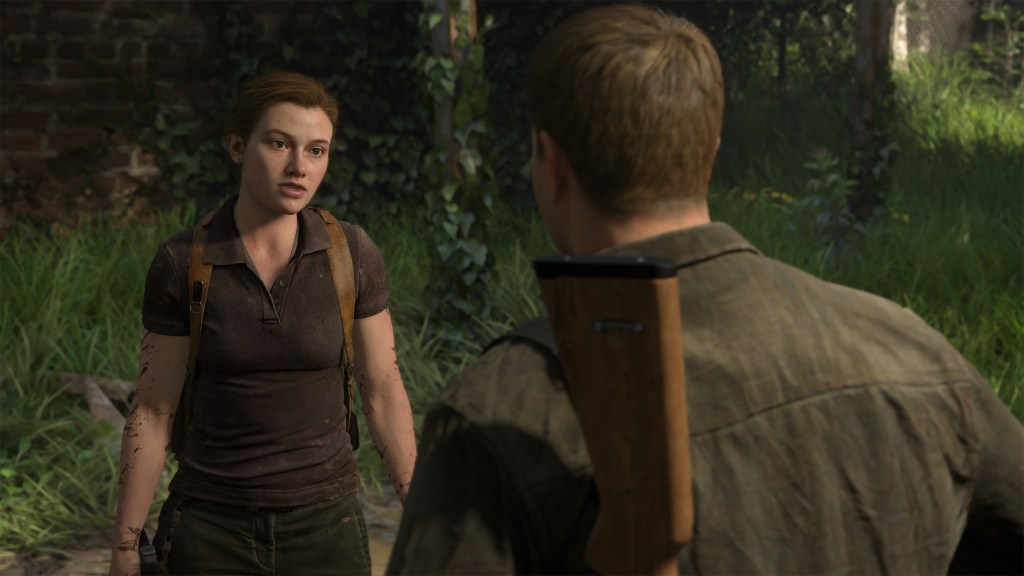
This laborious approach clearly shows why the game wasn’t originally written like this. It’s dull to go from walking segment to walking segment as The Last of Us Part II gradually reveals what shaped these two complex women. The linear path shows key bits of that ramp up, but the base game demonstrates how it works better when these crucial flashbacks are carefully positioned around their future effects.
For example, Ellie’s rendition of Pearl Jam’s “Future Days” on the first day ends with her solemnly resting her chin on the guitar. It then cuts to her struggling to hit those same notes three years earlier as Joel walks up to take her to the museum. The guitar is the literal linking point between the periods, but, on a deeper level, this flashback is partially meant to help justify why she’s going on this journey and who she is doing it for; the pleasant memory of Joel is enough to motivate her to continue to track down Abby.
However, it also plays the role of providing contrast for the next flashback, which is significantly more tense and illustrates how fraught Joel and Ellie’s relationship was at the end. Learning about this tension and how the two were just beginning to repair their bond with each other adds more wrinkles to the narrative. Their ability to heal together was cut — or, more accurately, bludgeoned — short, and that is a more interesting angle than Ellie just taking revenge in the name of someone she effortlessly loved. And the Chronological mode diminishes the impact of this discovery by putting all these context-rich flashbacks in the beginning and taking away the satisfaction that comes with putting it all together.
The Last of Us Part II‘s Chronological Mode Makes Some Details Easier to Digest
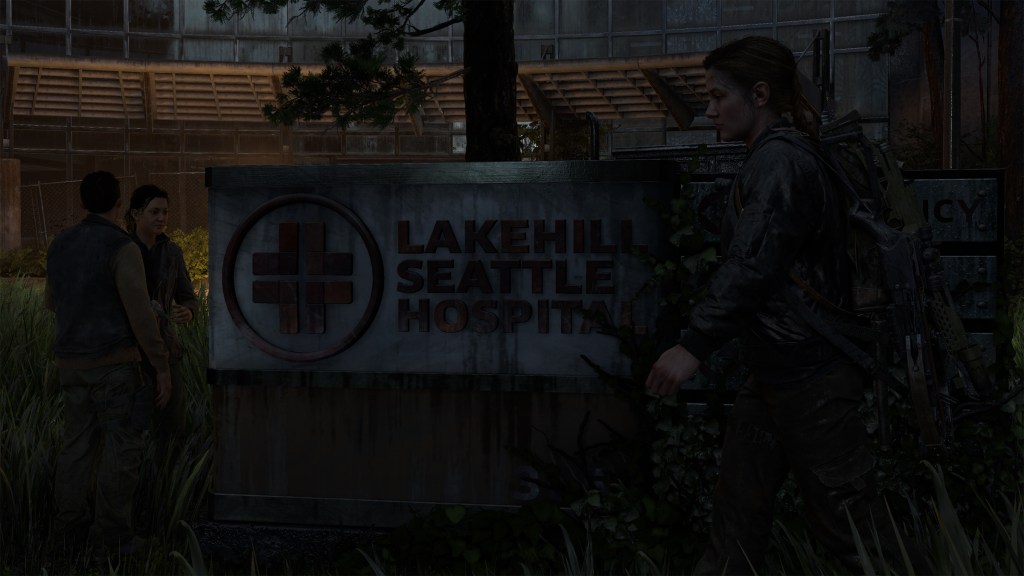
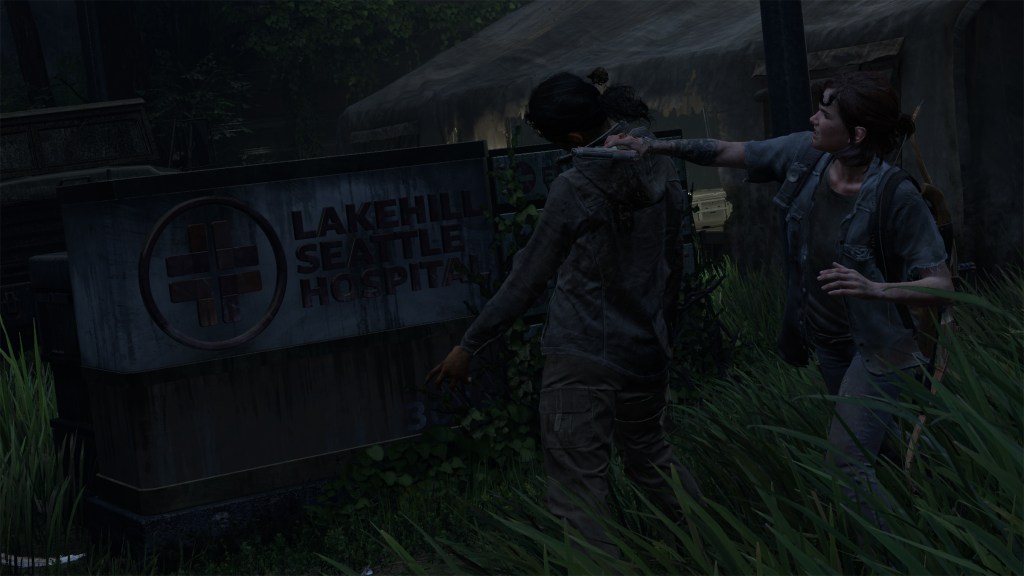
Although, sometimes this cognitive offloading can make some sections more digestible. The switches in The Last of Us Part II don’t happen at midnight and instead swap multiple times during each day. This immediacy of these viewpoint changes makes it easier to see exactly how closely these two come to crossing over and how Ellie’s actions are sometimes subtly mentioned during Abby’s segments through offhand dialogue from other characters. These types of things aren’t too difficult to pick up on normally, but it helps when there aren’t 12 hours of gameplay between them. Instead, it’s often around 45 minutes to an hour, so these connections are much easier to spot. The Last of Us Part II is not as serpentine as Memento, so a chronological recut isn’t as revelatory, but it does make some a decent portion of the smaller overlapping details and portions of dialogue more obvious.
Some of the inelegant overlaps, though, once again highlight how the game wasn’t built for Chronological mode. Ellie’s and Abby’s segments aren’t always the same length, so Abby may go through damn near a whole day before switching to Ellie as she’s waking up that very morning. It’s more of a minor annoyance that points out how a game meant to be played this way would have segments that took up a similar amount of time so that their crossovers and near misses would link together more cleanly. The theater confrontation is the clumsiest example of this, as players go through the cutscene as Ellie, only to almost immediately start the same scene with Abby. The repetition deflates the tension and would have benefited from a more delicate fusion that combined these parts without just playing them sequentially.
Parts like this make it abundantly clear Naughty Dog didn’t design The Last of Us Part II to be experienced like this, especially, as the sharp red text in the menu points out, on the first run. The pacing is patchy at points — mostly in the beginning — and the new order demystifies the nature of Joel and Ellie’s relationship following the first game by blurting it all out in the first few hours. On the other hand, this alternate cut makes some links between both halves more apparent and consistently ramps up the two plots in parallel, which is more natural than the sudden reset that bifurcates the base campaign. Chronological mode is an amusing exercise because of these pros and cons, and alternate modes in general are novel ideas worth exploring. But The Last of Us Part II shows how they can also add some unnecessary complications that disturb a pivotal part of the game’s foundation and unbalance the previously well-balanced scales.
What do you think? Leave a comment below and join the conversation now in the ComicBook Forum!

